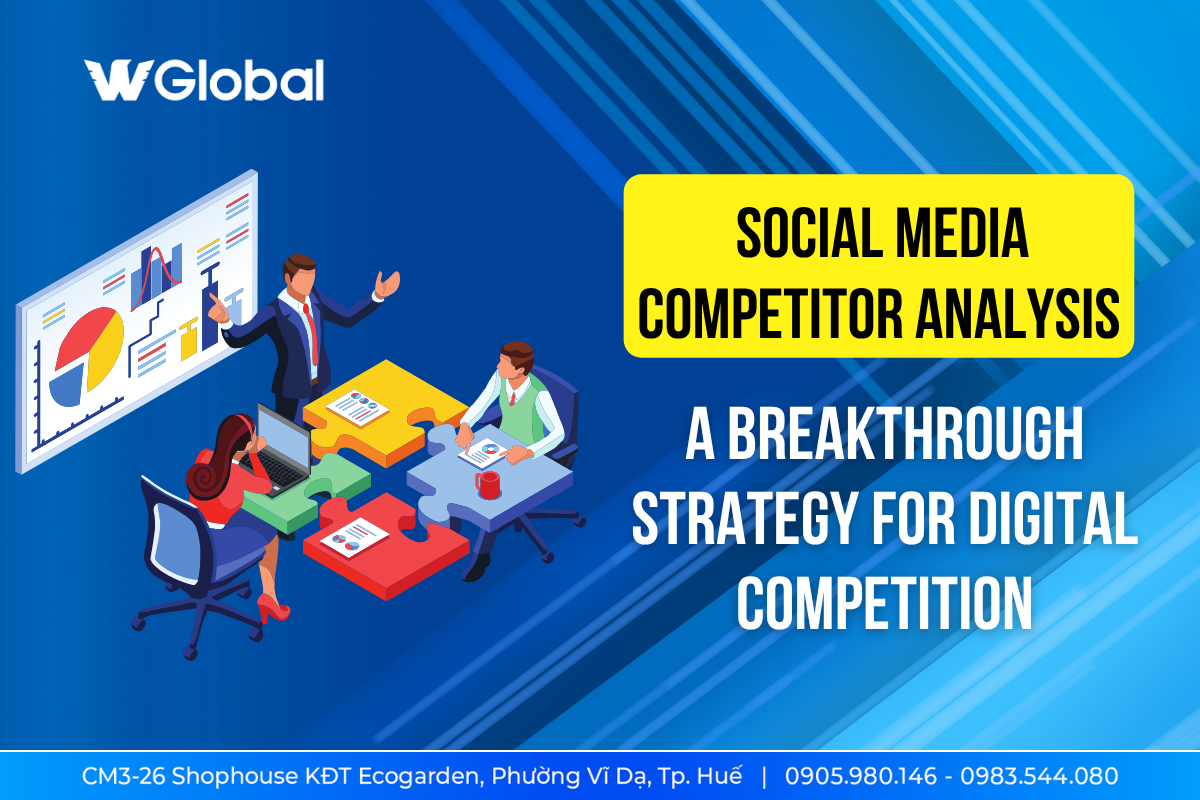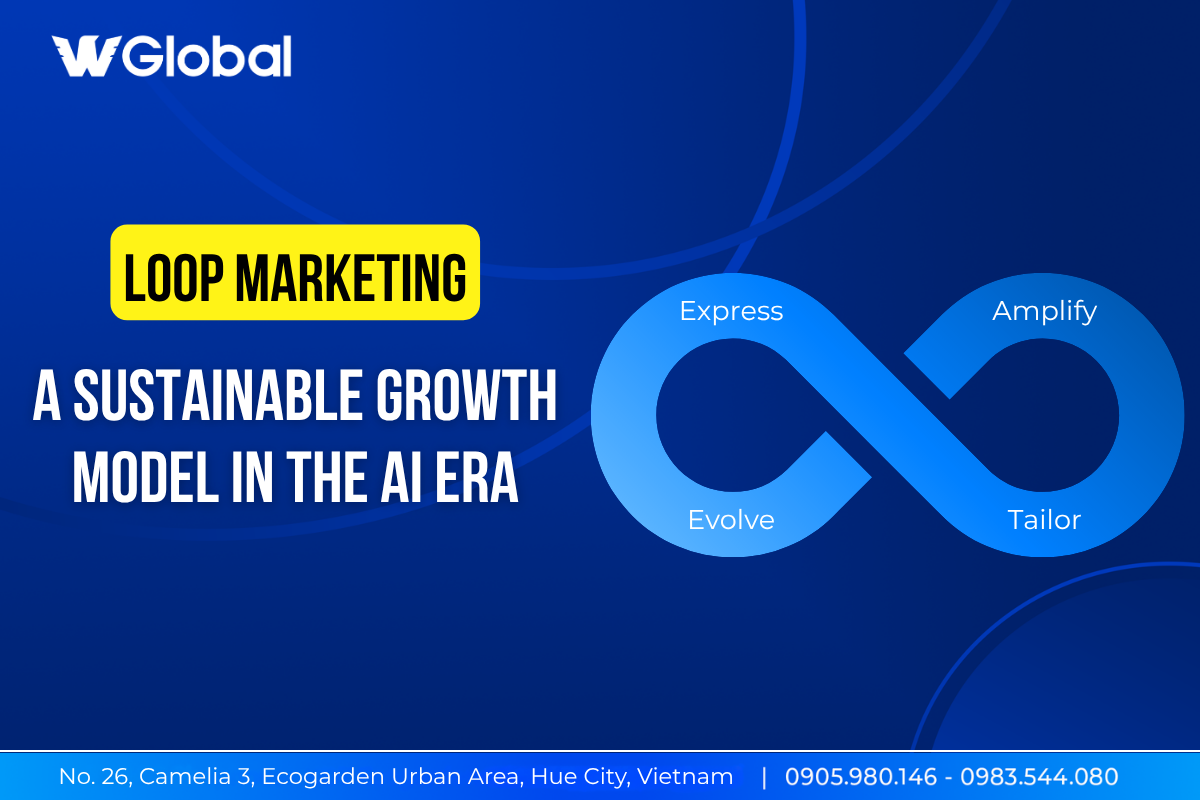SOCIAL MEDIA COMPETITOR ANALYSIS – A BREAKTHROUGH STRATEGY FOR DIGITAL COMPETITION

In today’s fiercely competitive digital landscape, focusing solely on content creation or expanding reach is no longer enough to build sustainable differentiation.
To lead the market, businesses must develop one core strategic capability — Social Media Competitor Analysis.
This is not merely about observing competitors’ behavior; it’s a data-driven approach that empowers brands to identify growth opportunities, anticipate risks, and build more effective competitive strategies.
Why Social Media Competitor Analysis Matters
Social Media Competitor Analysis provides immense value by helping businesses:
- Assess strengths – Identify what drives competitors’ appeal and market advantage.
- Recognize weaknesses – Detect untapped opportunities that your brand can leverage.
- Benchmark performance – Compare campaign effectiveness, audience engagement, and conversion metrics to fine-tune your own strategy.
Unlike fragmented “monitoring,” comprehensive analysis offers a 360° view of the competitive landscape.
WGlobal Agency recommends building long-term, insight-based strategies that help optimize resources, uncover opportunities, and stay ahead in digital marketing trends.
What Is Social Media Competitor Analysis?
Social Media Competitor Analysis is the process of systematically researching competitors’ online activities — including content, engagement rate, audience reach, and communication strategy.
The main goals are to:
- Understand how competitors build and sustain their brand image.
- Measure their effectiveness in connecting with target audiences.
- Extract benchmark data to enhance your brand’s performance.
Essentially, this is the combination of competitive data standardization and strategic evaluation, providing actionable insights to help brands position accurately, adjust quickly, and create lasting differentiation in the market.
Key Benefits of Social Media Competitor Analysis
When done right, this process doesn’t just show what competitors are doing — it reveals the bigger picture of brand positioning, customer behavior, and growth potential.
Here are the tangible benefits:
- 🎯 Identify real competitors: Filter out noise to focus on brands that directly impact your target audience.
- 🌐 Understand their channels & strategies: Discover how they allocate resources across Facebook, TikTok, LinkedIn, and other platforms — from organic content to paid media and influencer marketing.
- 📈 Evaluate content performance: Analyze which content formats (short videos, livestreams, infographics…) drive engagement and which ones underperform.
- 🔍 Establish performance benchmarks: Track follower growth, engagement rate, and share of voice to position your brand effectively within the industry.
- ⏰ Optimize posting schedules: Identify the best posting times based on audience behavior shared with competitors.
- 💬 Uncover customer pain points: Learn from feedback, comments, or complaints on competitors’ pages to find gaps your product can fill.
- ⚡ Detect emerging threats: Stay alert to new entrants, viral campaigns, or platform algorithm changes.
- 💎 Define unique brand positioning: When you understand the competition, you can communicate, engage, and tell stories differently — building a distinctive identity.
4 Steps to Execute a Social Media Competitor Analysis
Step 1. Identify Competitors
Competitor identification should rely on structured data — not assumptions.
Combine keyword analysis with social media monitoring:
- Find competitive keywords: Use tools like Google Ads Keyword Planner to uncover related search terms and evaluate competitiveness.
- Check SERP rankings: Search 5–10 relevant keywords on Google to see which brands appear most often — these are your primary competitors.
- Explore directly on social platforms:
- Instagram → Search relevant hashtags or “For You” recommendations.
- TikTok → Especially critical for Gen Z-targeted products.
- Facebook Audience Insights → Discover other brands followed by your target audience.
After filtering, focus on 3–5 direct competitors for in-depth analysis.
Step 2. Gather Competitor Data
Visit each competitor’s social profiles and record key information:
- Active platforms
- Follower count and growth rate
- Top audience demographics
- Posting frequency
- Engagement rate
- Share of Voice
- Common hashtags
Use manual tracking or social media analytics tools to streamline the process.
Always collect equivalent data for your own accounts to create a balanced benchmark.
Step 3. Conduct SWOT Analysis
Once you have data, analyze your position relative to competitors:
- Strengths: Where you outperform competitors → your key advantage.
- Weaknesses: Where competitors outperform you → focus areas for improvement.
- Opportunities: Market gaps or missteps by competitors you can exploit.
- Threats: External risks — new campaigns, algorithm shifts, or new entrants.
Example: You may have fewer followers on Instagram but a higher engagement rate — a signal that your content resonates deeply with a smaller, more loyal audience.
Step 4. Build a Competitor Monitoring System
Competitor analysis isn’t a one-time project — it’s an ongoing process.
Establish a continuous Social Media Monitoring system to:
- Detect opportunities and threats in real time.
- Track competitors’ content performance and strategy updates.
- Adapt your own marketing approach swiftly to maintain a competitive edge.
Document important findings in your competitor analysis table and update your SWOT regularly to stay ahead.
Conclusion
Social Media Competitor Analysis is an essential foundation for any effective marketing strategy.
Understanding how competitors operate, engage audiences, and deliver value enables your business to clearly define its market position and uncover untapped opportunities.
The real power of this process lies in turning insights into action – from selecting the right platforms, optimizing content performance, to shaping a unique brand positioning in a fast-changing landscape.
When businesses maintain a structured competitor analysis habit, they can detect trends early, respond proactively to risks, and secure a sustainable competitive advantage.
Every insight gathered becomes fuel for creativity and long-term growth – empowering your brand to stand out and win the trust of customers.









